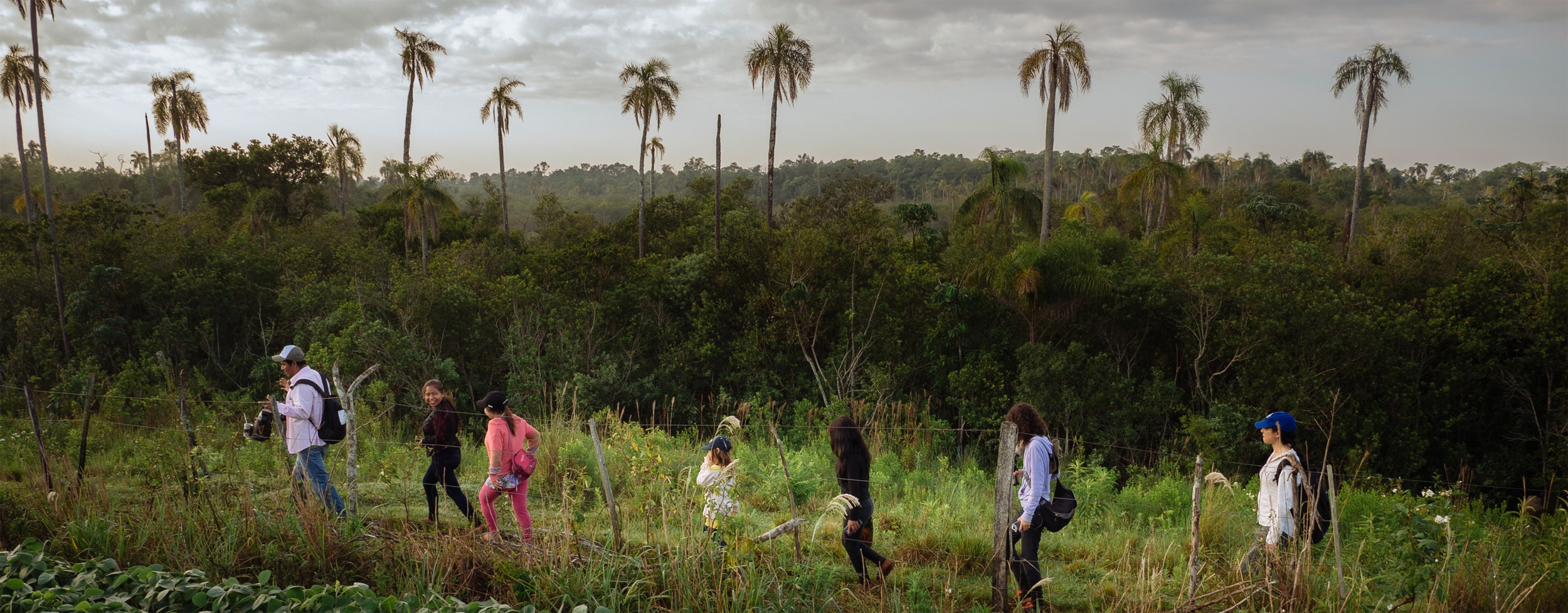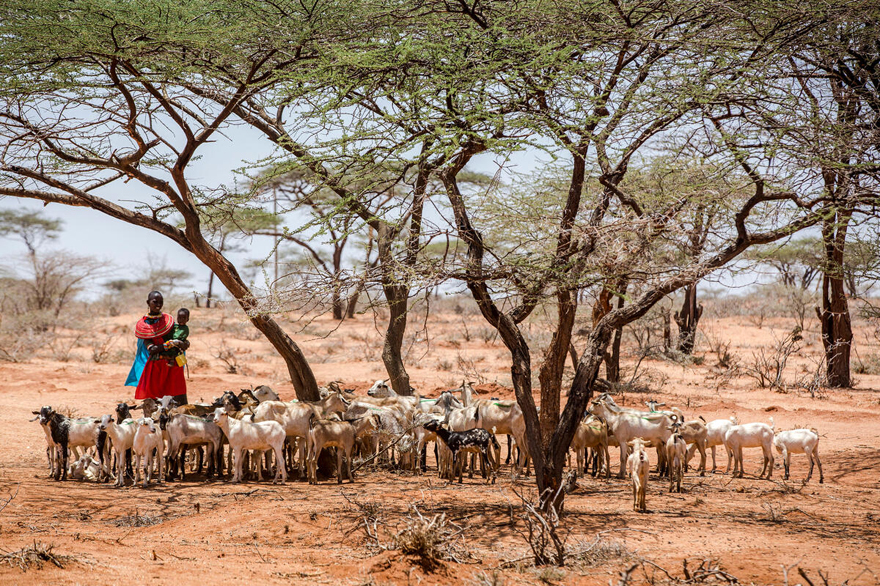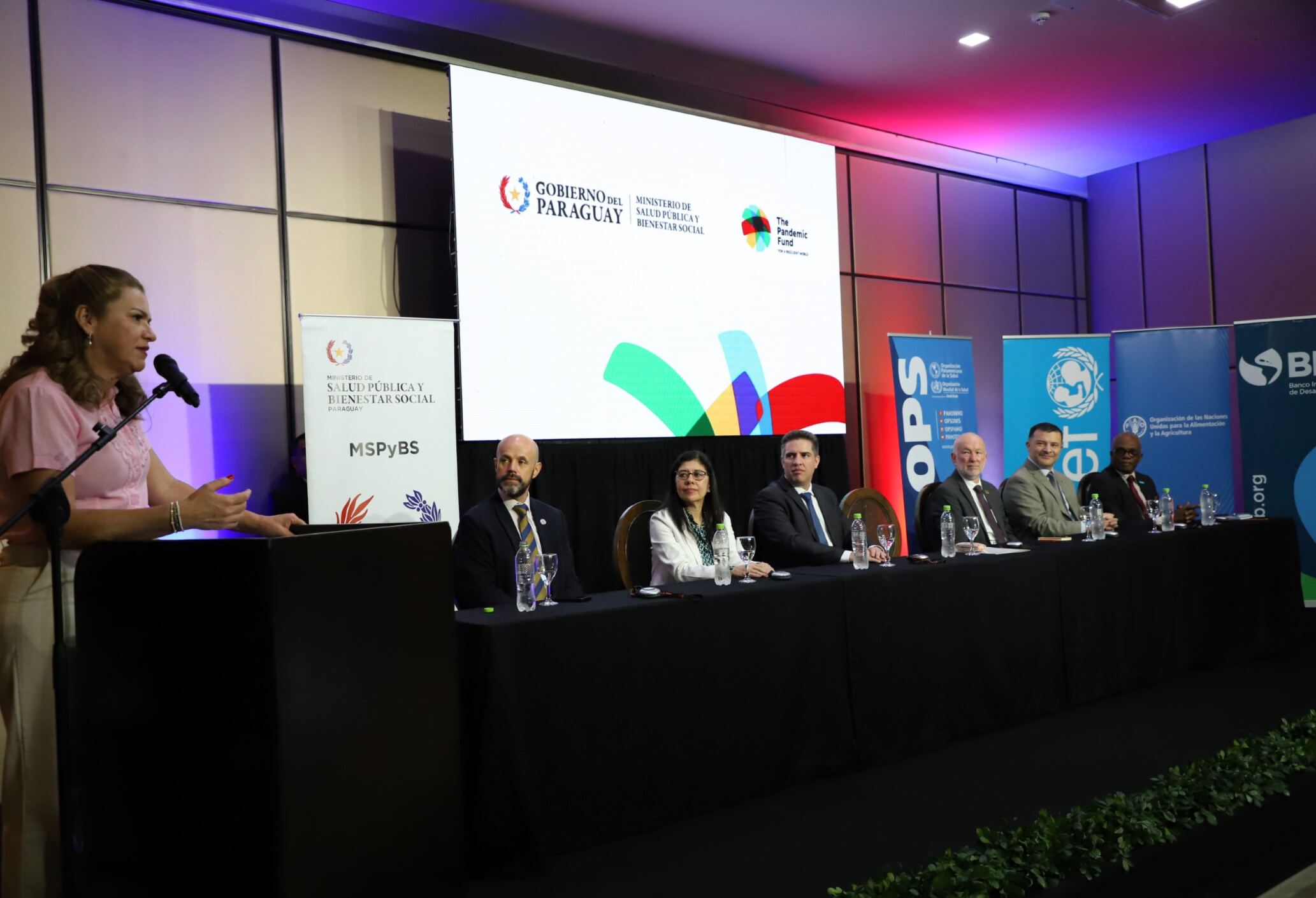
Strengthening pandemic preparedness and response in Paraguay

The project aims to enhance Paraguay’s pandemic preparedness and response (PPR) capabilities to address gaps identified in the 2022 State Party Self-Assessment Annual Report. It focuses on improving early warning systems, surveillance, and emergency response, targeting the country’s medium compliance rate of 62 percent across the 15 International Health Regulations core capacities. The goal is to mitigate the health, social, and economic impacts of future pandemics.
Implementation and key components
The Ministry of Public Health and Social Welfare (MSPBS) will lead the project, collaborating with government agencies, technical bodies, and civil society across health, agriculture, and customs sectors. The project features five main components with support from various Implementing Entities (IEs):
Digital surveillance for public health emergencies
The project will modernize and implement digital surveillance protocols, guidelines, and training for early detection and management of health emergencies and disasters (IDB).
Information management for laboratories
This component focuses on integrating information management across human, animal, and environmental health laboratories. It includes purchasing equipment, supporting zoonosis management, and synchronizing diagnostic protocols with the national surveillance framework (FAO).
Antimicrobial Resistance (AMR) surveillanceActivities will bolster AMR surveillance across human, animal, and environmental health sectors. This includes implementing the National AMR Plan and connecting efforts with digital surveillance and laboratory integration (FAO).
Cross-border coordination
The project will establish inter-institutional coordination for border control and enhance the capacity of 13 priority entry points. It aims to predict, track, and monitor disease threats in line with IHR and the Border and Mobility Management framework (WHO).
Community surveillance and early detection
Focusing on indigenous and displaced populations, the project will standardize community surveillance for water-borne and emerging diseases. It will develop a digital system to monitor misinformation and social behavior, improving community participation and risk information (UNICEF).
Expected outcomes
The project is expected to achieve:
- Enhanced PPR capacities for digital surveillance at all levels.
- Improved detection, diagnostics, and information management in health laboratories.
- Strengthened AMR surveillance integrating human, animal, and environmental health.
- Improved cross-border disease control measures and coordination.
- Enhanced community surveillance, with particular focus on indigenous and displaced groups.
These outcomes will be tracked through the project’s monitoring and evaluation framework, aiming to significantly bolster Paraguay’s ability to handle future public health emergencies.
Implementing Entities
FAO, IDB, UNICEF, WHO
Priority areas
- Surveillance systems
- Laboratory systems
- Human resources / workforce strengthening
Total budget
USD 10,585,000
Total co-financing
(in kind and cash)
USD 10,364,943
Total co-investment
(in kind and cash)
USD 10,110,138
Find out more

Projects
The Pandemic Fund
FAO is co-leading the implementation of 32 Pandemic Fund projects worth over USD 165 million aimed to boost local and global health security.

Highlights
Pandemic Fund’s third call for proposals
The Pandemic Fund has announced its third Call for Proposals, with an envelope of USD 500 million to enhance pandemic preparedness and response with a focus in low- and middle-income countries.

Highlights
Global fight against pandemics gains momentum as projects launch with FAO support
The first of Pandemic Fund projects launched at national level, including Ethiopia, Paraguay, Central Asia countries, and Yemen.
